Table of content
Steaming spare ribs with black bean sauce is a beloved dish in Cantonese cuisine, renowned for its tender texture, savory-umami flavor, and aromatic complexity. Achieving the ideal balance of tenderness and moisture hinges on precise cooking times, which can vary based on factors like rib thickness, steamer efficiency, and personal preference. This article delves into the science and craft of steaming spare ribs, offering a comprehensive guide to cooking times, techniques, and tips for elevating this classic dish.
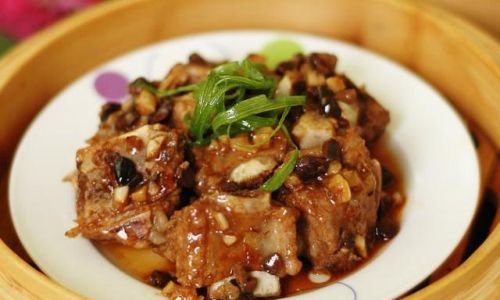
The Science of Steaming: Why Time Matters
Steaming is a gentle cooking method that uses vaporized water to transfer heat to food. Unlike frying or grilling, which apply direct heat, steaming preserves moisture and nutrients while evenly cooking ingredients. For spare ribs, this method breaks down tough connective tissues (collagen) into gelatin, resulting in a melt-in-your-mouth texture. However, oversteaming can render ribs mushy, while understeaming leaves them chewy. The optimal cooking window typically falls between 25–30 minutes, but adjustments may be necessary.
Factors Influencing Cooking Time
- Rib Thickness: Thicker cuts require longer steaming. For example, 1-inch-thick ribs may need 30 minutes, while thinner cuts (0.5 inches) could finish in 20–25 minutes.
- Steamer Power: Electric steamers and bamboo steamers over high heat cook faster than makeshift setups (e.g., a colander over boiling water).
- Quantity: Stacking ribs in a single layer ensures even cooking; overcrowding the steamer increases cooking time.
- Marination Time: Marinating ribs overnight (or at least 4 hours) tenderizes the meat, reducing steaming time slightly.
Step-by-Step Guide to Steaming Spare Ribs
Ingredients
- 500g pork spare ribs (preferably baby back or St. Louis-style)
- 2 tbsp fermented black beans (douchi), rinsed and minced
- 3 garlic cloves, minced
- 1 tbsp ginger, grated
- 1 tbsp soy sauce
- 1 tbsp oyster sauce
- 1 tsp sesame oil
- 1 tsp sugar
- 1 tbsp cornstarch
- 2 tbsp vegetable oil
- White pepper to taste
- Fresh cilantro and red chili (for garnish)
Preparation
- Cut the Ribs: Trim excess fat and cut ribs into 2-inch pieces. Smaller pieces cook faster and absorb marinade better.
- Marinate: Combine ribs with black beans, garlic, ginger, soy sauce, oyster sauce, sesame oil, sugar, and cornstarch. Marinate for at least 1 hour (or overnight).
- Prep the Steamer: Fill a wok or pot with 2 inches of water. Bring to a boil, then reduce to a simmer. Place ribs in a heatproof dish (ceramic or stainless steel) and cover tightly with foil or a lid.
Cooking Time
- Standard Steaming: Place the dish in the steamer and cook for 25–30 minutes over medium-high heat. Check doneness by piercing a rib with a fork; if the meat pulls away easily, it’s ready.
- Pressure Cooker Method: For a quicker option, use a pressure cooker on high for 15 minutes, followed by a natural release.
- Slow Cooker Method: Steam on low for 4–5 hours for fall-off-the-bone tenderness.
Testing for Doneness
- Visual Cues: The meat should be opaque, with no pink remaining.
- Temperature Check: Insert an instant-read thermometer into the thickest part; it should read 145°F (63°C) for pork.
- Texture Test: Gently twist a bone; it should release without resistance.
Common Mistakes and How to Avoid Them
- Overcrowding the Steamer: This creates uneven heat distribution. Use a wide, shallow dish and arrange ribs in a single layer.
- Skipping Marination: Marination tenderizes the meat and infuses flavor. Never skip this step.
- Opening the Steamer Too Often: Each time you lift the lid, heat escapes, increasing cooking time. Use a timer and resist peeking.
- Using Cold Water: Start with boiling water to maintain a consistent steaming temperature.
Variations and Customizations
- Spicy Black Bean Sauce: Add 1–2 tbsp of chili garlic sauce to the marinade.
- Vegetarian Version: Substitute ribs with oyster mushrooms or tofu, and use vegetable broth.
- Gluten-Free Option: Replace soy sauce with tamari or coconut aminos.
- Citrus Twist: Squeeze lime juice over the ribs before serving for brightness.
Serving Suggestions
- Pair with Rice: The sauce drippings make excellent rice toppers.
- Stir-Fried Vegetables: Balance the richness with greens like bok choy or gai lan.
- Noodle Bowls: Toss steamed ribs with egg noodles and a drizzle of the sauce.
- Appetizer Platter: Serve small portions with steamed buns and pickled vegetables.
Health Benefits of Steaming
- Low in Fat: Steaming requires no added oil, reducing calorie content.
- Nutrient Retention: Water-soluble vitamins (like B and C) are preserved better than in boiling or frying.
- Protein-Rich: A 3-ounce serving of pork ribs provides 22g of protein.
Cultural Significance
Steamed spare ribs with black bean sauce is a staple of dim sum culture, often served in bamboo steamers alongside dumplings and spring rolls. Its humble origins in Cantonese home kitchens reflect the cuisine’s emphasis on simplicity, freshness, and balance. The dish’s popularity has transcended borders, with adaptations appearing in Southeast Asian, Caribbean, and even Western fusion menus.
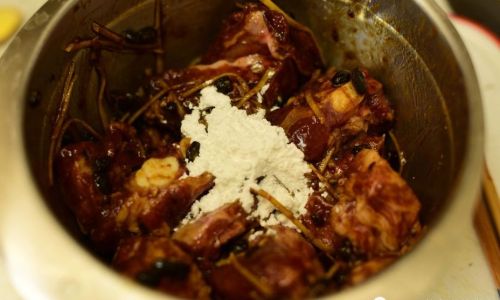
Troubleshooting Guide
- Tough Ribs: Steam for 5–10 minutes longer, or use a pressure cooker.
- Mushy Texture: Reduce cooking time by 5 minutes next time.
- Bland Flavor: Increase marination time or add more fermented black beans.
- Burnt Bottom: Elevate the dish in the steamer to prevent direct contact with boiling water.
Advanced Techniques for Enthusiasts
- Double Steaming: Steam ribs for 15 minutes, then refrigerate overnight. Re-steam the next day for deeper flavor.
- Sous-Vide Precision: Cook ribs at 165°F (74°C) for 12 hours, then finish with a quick sear or steam.
- Smoked Flavor: Add a pinch of liquid smoke to the marinade for a barbecue twist.
Conclusion
Mastering the steaming time for spare ribs with black bean sauce is a culinary journey that rewards patience and precision. By understanding the interplay of ingredients, equipment, and technique, you can achieve ribs that are tender, flavorful, and consistently perfect. Whether you’re a home cook honing your skills or a seasoned chef experimenting with flavors, this dish offers endless opportunities for creativity. So, fire up your steamer, set your timer, and savor the satisfaction of a dish that bridges tradition and innovation.
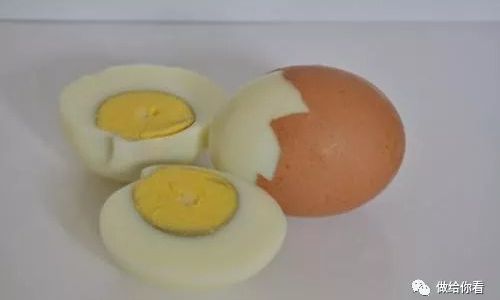
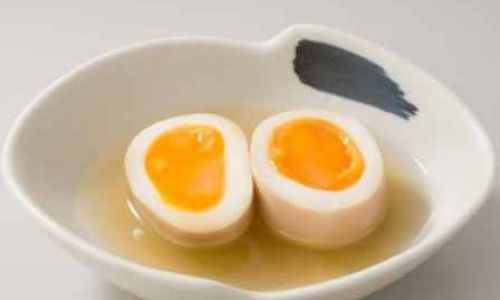
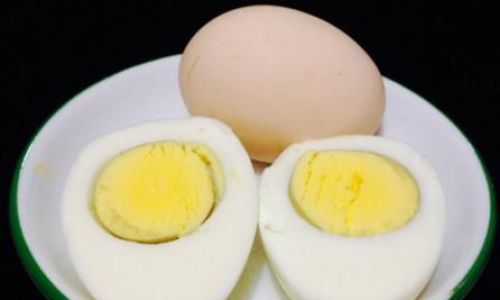



0 comments